As you walk around the city in Chuo-ku, you will notice that shrines and temples are scattered everywhere, such as the valleys of buildings and sometimes the first floor of buildings.
Yagenbori Fudoin, located in Higashi-Nihonbashi 2-chome, is one of them.
Yagenbori Fudoin stands quietly between the condominiums on the Toei Asakusa Line and walking toward Asakusabashi.
The Tokyo branch in Kawasakidaishi, famous as the master of protection against misfortune, is known as "Edo San Ofudo" along with Mejiro Fudo and Meguro Fudo.
Although not large in size, it has a long history, and in order to escape the army of Hideyoshi Toyotomi, Kishu and Negoro-ji Buddhist monk put it in Tsuzura to protect the statue, and came to the Sumida River to build Dou.
Later, Taizen Sato founded the Dutch Medical School Wada Juku (later Juntendo University) in this area, and a monument to the birthplace of the talk was erected here.
When I went up the stairs to visit the temple, I saw a monthly talk at the temple and a guide to sutra copying.
●15th of every month: sutra copying Association 14:00, 2nd 18:00 (Participation fee: 1000 yen)
●28th of every month: Fudosan's fair Talk Meeting (free admission)
What is the difference?
According to Wikipedia, `` The performer sits in front of a small desk called Shakudai in Koza, hits it with a posterior to get in shape, and reads mainly historically related reading materials such as military journals and political talks to the audience. It is said to be one of the traditional performing arts of Japan.
It is said that Akamatsu Seizaemon took "Taheiki" around Asakusa Mitsuke, which was the beginning of Edo Kosha.
In the past when there were no newspapers or televisions, such talks would have been an important source of information for people!
After all, the hearing wasn't at first glance, and I decided to check the talk on You Tube about what kind of entertainment it was.
If you enter "Kodan", you will see some images.
There are a wide range of young performers, from young performers to veteran performers, and even young performers have a lively talk with a fan like a drumstick, and there are moments when laughter is excited.
Probably, there were many fans among the popular performers.
At Yagenbori Fudoin, in 1982, the dedication talk continues on the 28th of every month from the first dedication talk by Mr. Sadaka Ichiryusai, "The Wife of Kazutoyo Yamanouchi".
Next time, I would like to listen to the talk live!
How about a time slip at Yagenbori Fudoin for a while?
Location
〒103-0004
2-6-8, Higashinihonbashi, Chuo-ku, Tokyo
TEL/FAX 03-3866-6220
Access
Get off at Higashi-Nihonbashi Station on the Toei Asakusa Line and walk about a 3-minute walk from Exit B3.
Get off at Bakuro Yokoyamacho Station on the Toei Shinjuku Line, about a 5-minute walk from Exit A4.
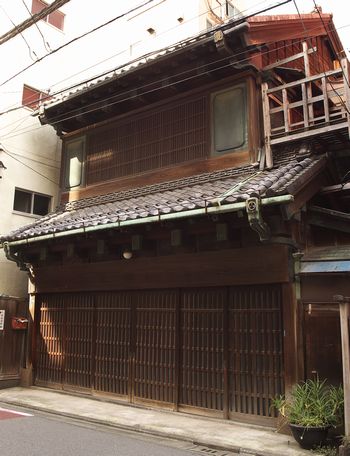
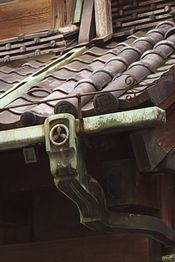

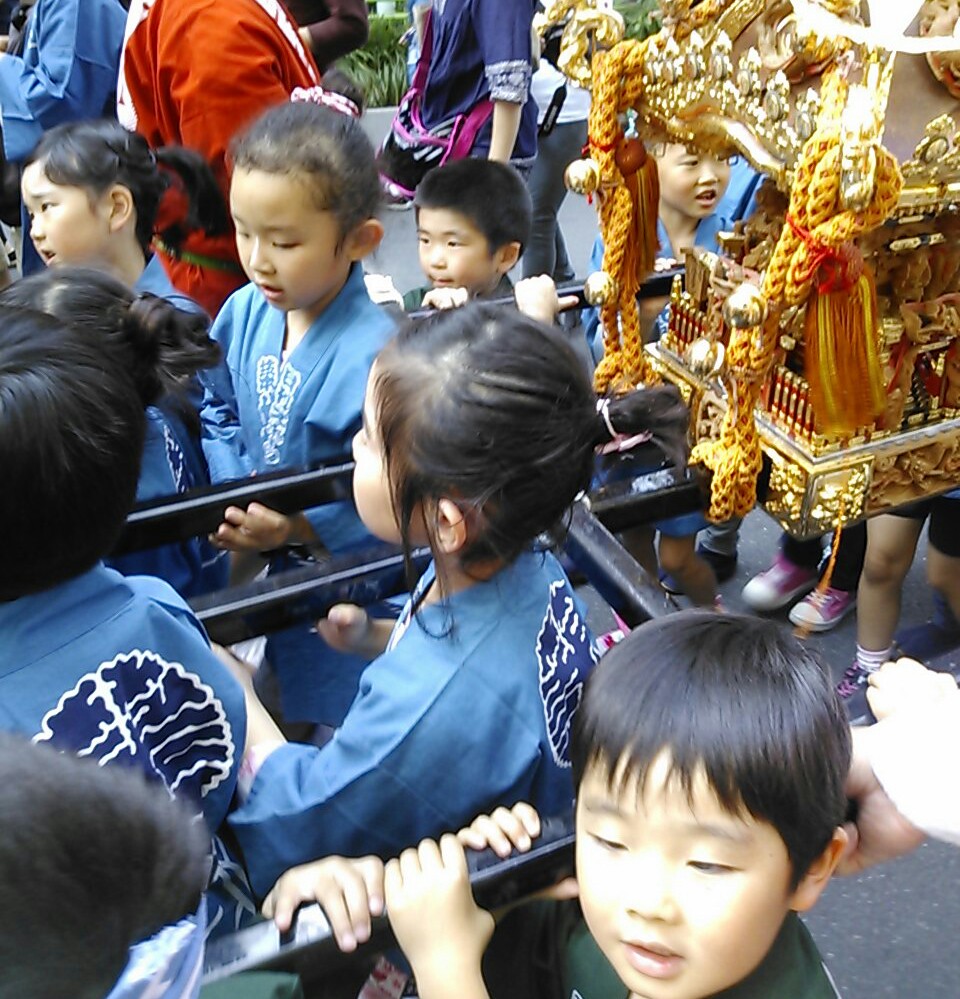
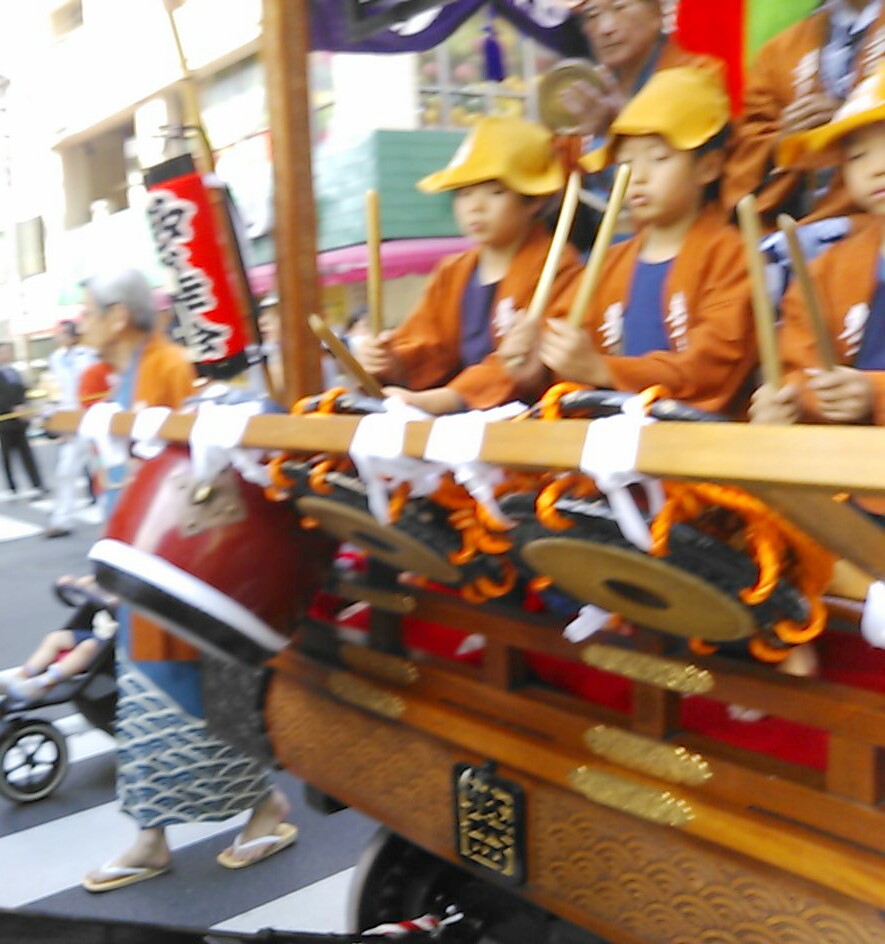
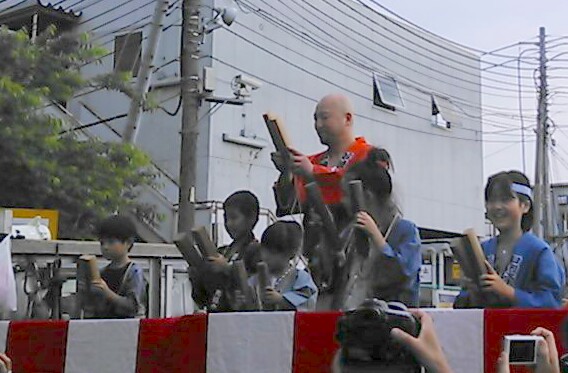 When departing in front of the shrine, the representatives of the children hit the claps side by side on the table. Generally, in festivals, it is called "Take". The children were nervous and tightened the second half, and started the second half.
When departing in front of the shrine, the representatives of the children hit the claps side by side on the table. Generally, in festivals, it is called "Take". The children were nervous and tightened the second half, and started the second half.
